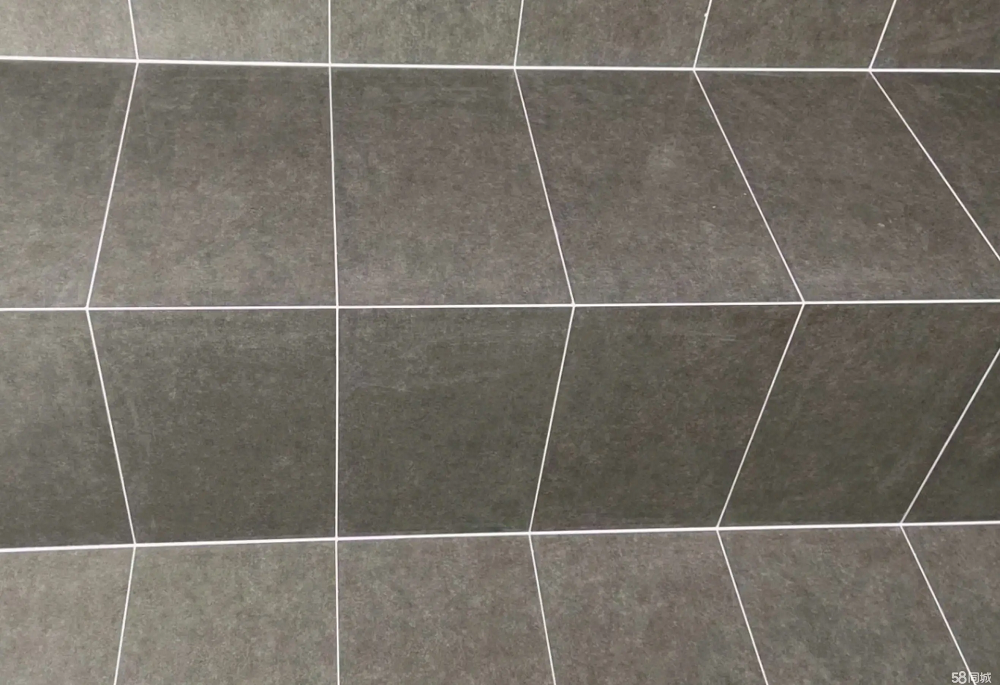NEWS TAG
brand
How To Seal Peel and Stick Tile on Floor/Wall?
Peel and stick tiles are a popular choice for people who want to renovate their homes or businesses quickly and easily. These tiles are simple to install, easy to remove, and come in a wide range of styles and colors. One common issue that people have with peel and stick tiles is that they may not adhere to the floor as well as they should, which can lead to issues such as bubbling or lifting. Sealing peel and stick tiles are a great way to ensure that they stay in place and look great for years to come. In this article, we will discuss how to seal peel, and stick tiles step by step.

Step 1: Prepare the Surface
Before you begin sealing your peel and stick tiles, it's essential to prepare the surface so they will be applied properly. Start by cleaning the floor thoroughly, making sure to remove any dust, dirt, or debris. You can do this by sweeping, vacuuming, or mopping the area, depending on the type of floor you have.
Next, use a degreaser or all-purpose cleaner to remove any grease or oil from the surface. These substances can prevent the adhesive on your peel and stick tiles from sticking properly, so it's essential to remove them before applying the tiles. Once you have cleaned the surface, allow it to dry completely before moving on to the next step.
Step 2: Apply the Peel and Stick Tiles
Once the surface is clean and dry, it's time to apply the peel and stick tiles. Follow the manufacturer's instructions carefully, making sure to align each tile correctly and apply pressure to ensure a secure bond. You can use a rolling pin or a similar tool to press down on the tiles and ensure they stick properly.
It's essential to take your time and make sure that each tile is in the correct position before moving on to the next one. If you make a mistake and need to reposition a tile, be sure to remove it carefully and realign it before continuing. Once you have applied all of the tiles, allow them to sit for at least 24 hours before moving on to the next step.
Step 3: Seal the Tiles
Now that the tiles are in place, it's time to seal them. There are several ways to do this, depending on the type of tile you have and your personal preferences. Here are three popular methods:
Method 1: Apply Polyurethane
Polyurethane is a popular sealer for peel and stick tiles because it creates a protective barrier that is resistant to moisture, scratches, and stains. To use polyurethane, start by applying a thin layer to the tiles using a paintbrush or roller. Be sure to work in small sections and apply the sealer evenly.
Allow the sealer to dry completely before applying a second coat. You may need to apply several coats to achieve the desired level of protection, so be sure to follow the manufacturer's instructions carefully. Once the sealer is dry, your peel and stick tiles should be protected from damage and will look great for years to come.
Method 2: Use Epoxy Grout
Epoxy grout is a two-part system that creates a strong, durable seal between tiles. It's an excellent option for high-traffic areas because it's resistant to stains, mold, and mildew. To use epoxy grout, start by mixing the two parts according to the manufacturer's instructions.
Apply the grout to the tiles using a grout float, making sure to work it into all of the gaps between the tiles. Once the grout has set, use a damp sponge to wipe away any excess. Allow the grout to dry completely before applying a sealant, such as a silicone sealant or a grout sealer.
Method 3: Use a Tile and Grout Sealer
A tile and grout sealer is a convenient option that can be applied directly to the tiles and grout lines. It creates a protective barrier that helps prevent stains and makes cleaning easier. To use a tile and grout sealer, start by applying it to the tiles using a paintbrush or roller.
Be sure to work in small sections and apply the sealer evenly. Allow the sealer to dry completely before applying a second coat if necessary. Once the sealer is dry, your peel-and-stick tiles will be protected and ready to withstand daily wear and tear.
Step 4: Maintain and Clean the Sealed Tiles
After you have sealed your peel-and-stick tiles, it's essential to maintain and clean them properly to ensure their longevity. Here are a few tips to keep in mind:
1. Avoid using harsh or abrasive cleaners that can damage the sealant. Stick to mild, non-abrasive cleaners and warm water for regular cleaning.
2. Clean up spills promptly to prevent stains from setting into the tiles or grout lines.
3. Avoid dragging heavy furniture or objects across the tiles, as this can cause scratches or damage to the sealant.
4. Place mats or rugs in high-traffic areas to protect the tiles from excessive wear.
5. Periodically inspect the tiles for any signs of damage or lifting. If you notice any issues, address them promptly to prevent further damage.
Sealing peel-and-stick tiles is a straightforward process that can help ensure they stay in place and look great for years to come. By preparing the surface properly, applying the tiles correctly, and using the appropriate sealing method, you can protect your investment and enjoy the beauty of your newly renovated space. Remember to follow the manufacturer's instructions and take care of your sealed tiles by cleaning them regularly and addressing any issues promptly. With proper maintenance, your sealed peel-and-stick tiles will provide you with a durable and attractive flooring option.
